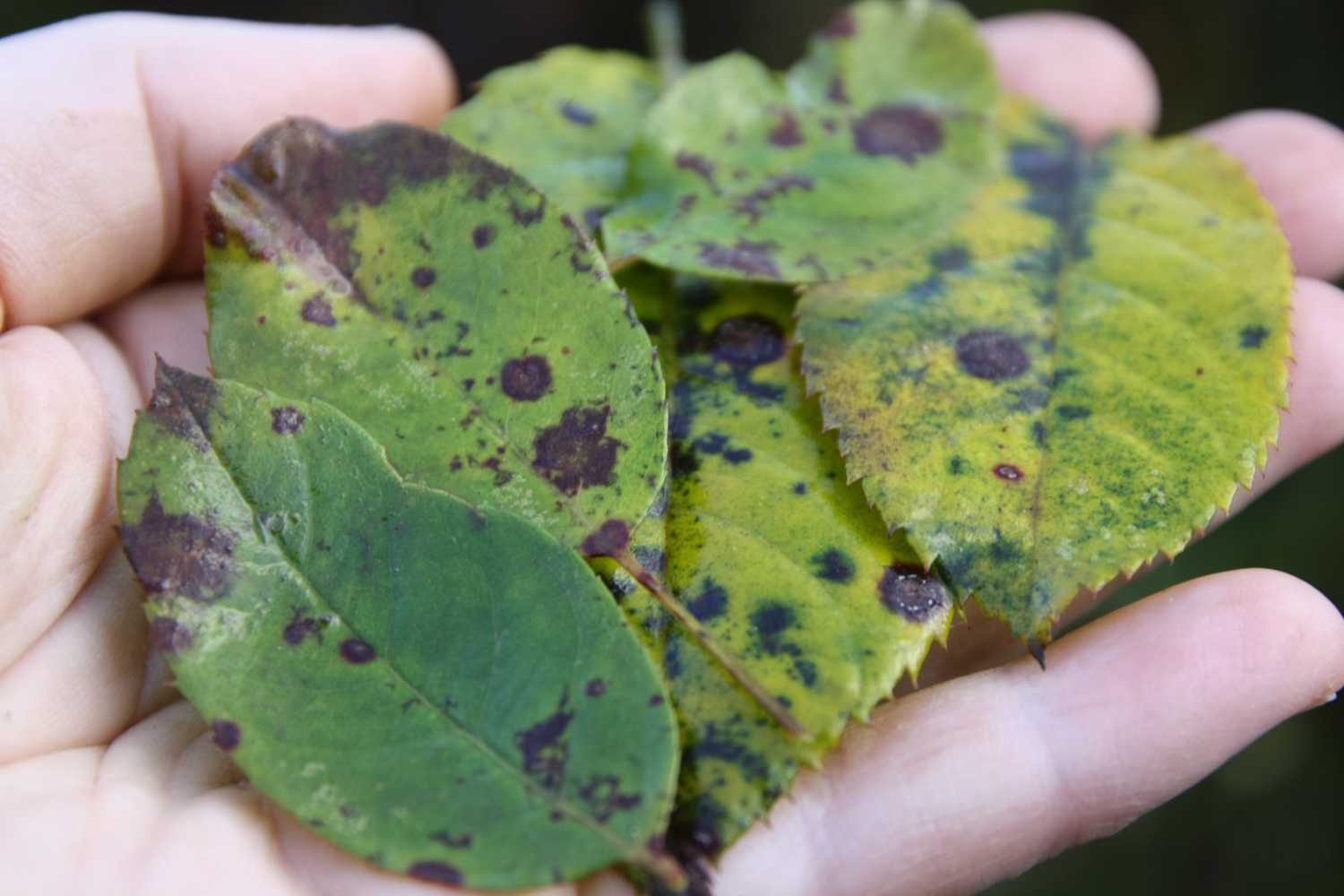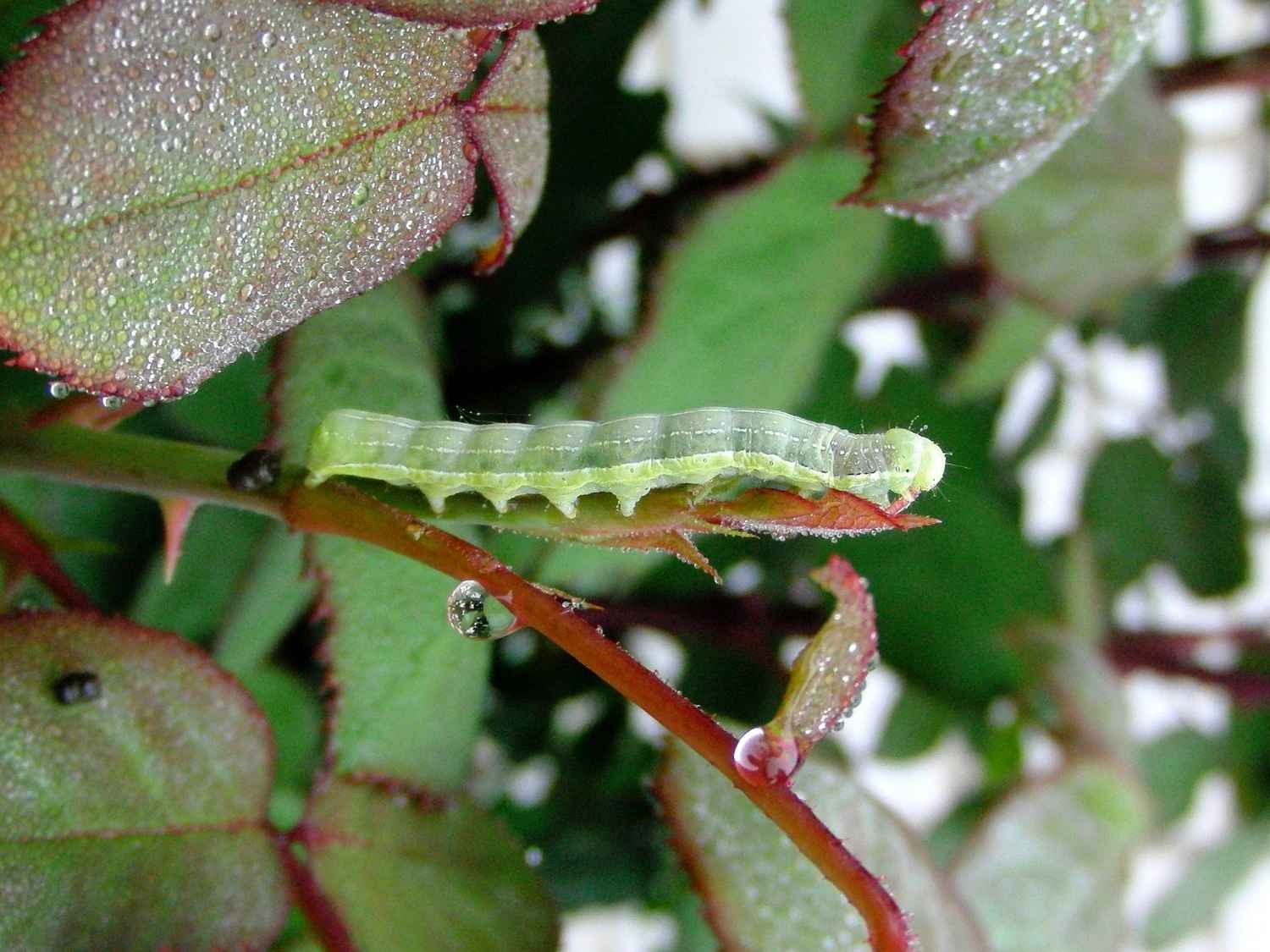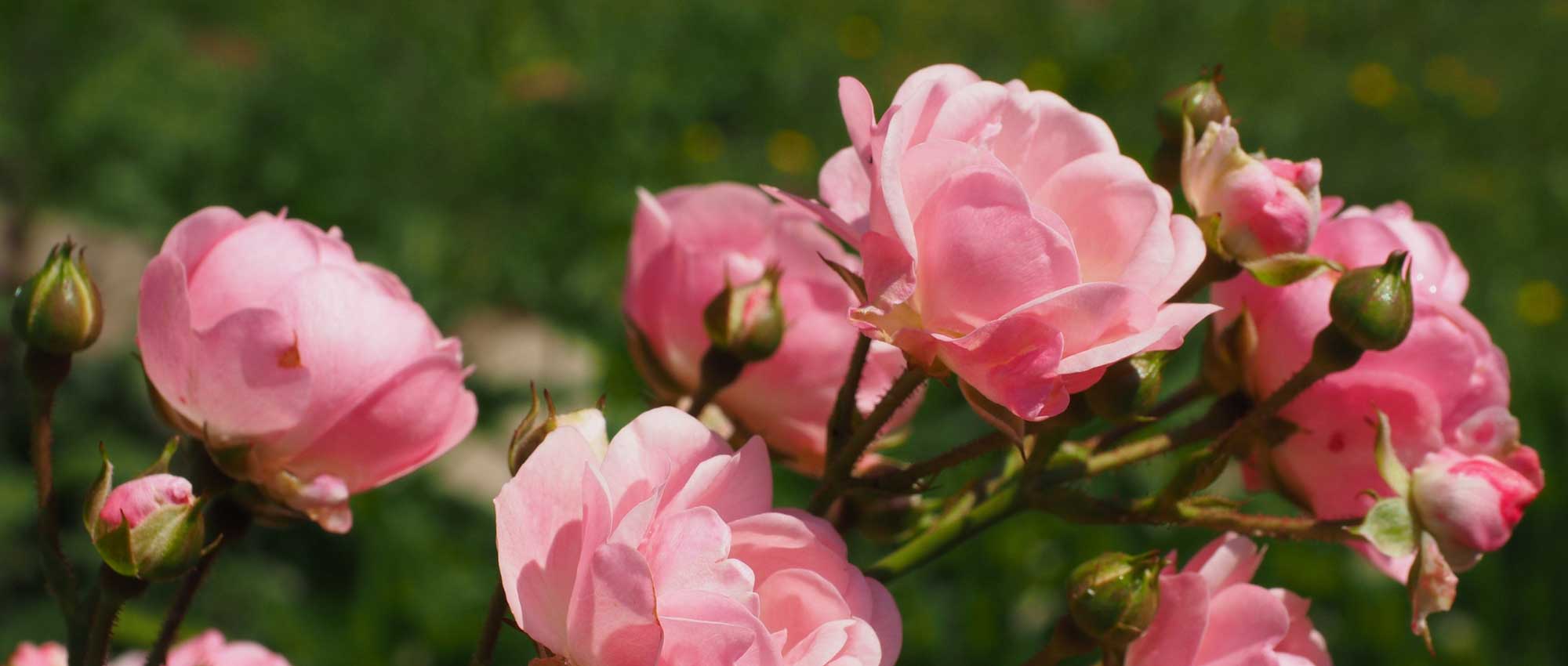

Rosa x polyantha Scarlet Bonica
Rosa x polyantha Scarlet Bonica
Rosa x polyantha 'Meiscarlebo' SCARLET BONICA®
Polyantha Rose
Special offer!
Receive a €20 voucher for any order over €90 (excluding delivery costs, credit notes, and plastic-free options)!
1- Add your favorite plants to your cart.
2- Once you have reached €90, confirm your order (you can even choose the delivery date!).
3- As soon as your order is shipped, you will receive an email containing your voucher code, valid for 3 months (90 days).
Your voucher is unique and can only be used once, for any order with a minimum value of €20, excluding delivery costs.
Can be combined with other current offers, non-divisible and non-refundable.
Home or relay delivery (depending on size and destination)
Schedule delivery date,
and select date in basket
We guarantee the quality of our plants for a full growing cycle, and will replace at our expense any plant that fails to recover under normal climatic and planting conditions.

Description
The Scarlet Bonica® Shrub Rose combines classic elegance with modern robustness. Its intense scarlet red double flowers evoke the charm of old-fashioned roses while its spreading, ground-covering habit makes it an excellent ground cover. Its long flowering period from spring until the first frosts effortlessly brightens flower beds and borders. Awarded for its exceptional disease resistance, this prize-winning rose appeals to both amateur gardeners and demanding enthusiasts alike.
The Scarlet Bonica® 'Meiscarlebo' rose developed by Alain Meilland was introduced in 2016 and is part of the new generation of landscape roses. This variety belongs to the floribundus group characterised by its successive clusters of flowers from spring to autumn. It forms a compact bush reaching 50 to 70 cm in height and spread. Its sturdy, thorny branches support glossy, particularly aesthetic dark green foliage with young shoots tinged bronze-red. This deciduous foliage falls in winter before regrowing vigorously in spring. The flowering is long-lasting, beginning as early as May-June and continuing until the first winter frosts. Measuring approximately 8 cm in diameter, the double flowers consist of around 60 petals arranged in light quartered blooms, reminiscent of old-fashioned roses. Their scarlet-red hue slightly nuanced with bright vermilion remains stable regardless of climatic conditions. The clusters of 2 to 5 flowers make for lovely cut flowers. Beyond its refined aesthetics, this rose demonstrates great disease resistance, requiring no phytosanitary treatment. 'Scarlet Bonica®' is a modern evolution of 'Bonica 82', an iconic rose bred by the Meilland house in 1982, which was voted "World's Favourite Rose" in 2003. This new variety perpetuates the legacy of robustness and floribundity while offering a striking red colour. This exceptional rose has been awarded several prestigious prizes including the Gold Medal in Monza (Italy, 2015), the Public Parks and Gardens Association's Award in Barcelona (Spain, 2015), the Silver Medal in Roeulx (Belgium, 2015), as well as the 1st Landscape Prize in Nantes in 2016. It has also been distinguished in Scotland and the United States for its environmental qualities and durability.
The Scarlet Bonica® 'Meiscarlebo' rose will harmoniously blend with structured flowerbeds or cottage-style borders. Its bright scarlet red creates a strong visual anchor enhanced by contrasting foliage. For a refined combination, it will pair beautifully with a delicate Salvia nemorosa ‘Caradonna’ whose violet-blue spikes will add a vertical and structured dimension. Alongside it, an Achillea millefolium ‘Terracotta’ will introduce a touch of copper and apricot, softening the intensity of its flowers while extending the warm effect of the display. It will also adapt perfectly to a large pot on a patio where its brilliance will lights up a paved area, accompanied by a Lavandula angustifolia ‘Hidcote’ and some Perovskias for an elegant and timeless Mediterranean feel.
Rosa x polyantha Scarlet Bonica in pictures




Planting and care
To plant your Scarlet Bonica® rose, prepare the soil by working it to a depth of 25 cm, breaking up any clumps and adding a base fertiliser such as dried blood or dehydrated horn meal at the bottom of the planting hole. Place your plant after removing it from its pot, covering the top of the root ball with 3 cm of soil. Backfill and water thoroughly to eliminate any air pockets. During dry weather, water regularly for a few weeks to encourage root establishment. Also consider feeding your rose with a special rose fertiliser to promote flowering.
Roses often develop spots or look unsightly by late summer, but this does not affect their growth. These spots are not harmful to the plant—it's a natural occurrence. Follow all our advice to address this issue and read our article: Help: My Roses Have Spots
Planting & care advice
This item has not been reviewed yet - be the first to leave a review about it.
Haven't found what you were looking for?
Hardiness is the lowest winter temperature a plant can endure without suffering serious damage or even dying. However, hardiness is affected by location (a sheltered area, such as a patio), protection (winter cover) and soil type (hardiness is improved by well-drained soil).

Photo Sharing Terms & Conditions
In order to encourage gardeners to interact and share their experiences, Promesse de fleurs offers various media enabling content to be uploaded onto its Site - in particular via the ‘Photo sharing’ module.
The User agrees to refrain from:
- Posting any content that is illegal, prejudicial, insulting, racist, inciteful to hatred, revisionist, contrary to public decency, that infringes on privacy or on the privacy rights of third parties, in particular the publicity rights of persons and goods, intellectual property rights, or the right to privacy.
- Submitting content on behalf of a third party;
- Impersonate the identity of a third party and/or publish any personal information about a third party;
In general, the User undertakes to refrain from any unethical behaviour.
All Content (in particular text, comments, files, images, photos, videos, creative works, etc.), which may be subject to property or intellectual property rights, image or other private rights, shall remain the property of the User, subject to the limited rights granted by the terms of the licence granted by Promesse de fleurs as stated below. Users are at liberty to publish or not to publish such Content on the Site, notably via the ‘Photo Sharing’ facility, and accept that this Content shall be made public and freely accessible, notably on the Internet.
Users further acknowledge, undertake to have ,and guarantee that they hold all necessary rights and permissions to publish such material on the Site, in particular with regard to the legislation in force pertaining to any privacy, property, intellectual property, image, or contractual rights, or rights of any other nature. By publishing such Content on the Site, Users acknowledge accepting full liability as publishers of the Content within the meaning of the law, and grant Promesse de fleurs, free of charge, an inclusive, worldwide licence for the said Content for the entire duration of its publication, including all reproduction, representation, up/downloading, displaying, performing, transmission, and storage rights.
Users also grant permission for their name to be linked to the Content and accept that this link may not always be made available.
By engaging in posting material, Users consent to their Content becoming automatically accessible on the Internet, in particular on other sites and/or blogs and/or web pages of the Promesse de fleurs site, including in particular social pages and the Promesse de fleurs catalogue.
Users may secure the removal of entrusted content free of charge by issuing a simple request via our contact form.
The flowering period indicated on our website applies to countries and regions located in USDA zone 8 (France, the United Kingdom, Ireland, the Netherlands, etc.)
It will vary according to where you live:
- In zones 9 to 10 (Italy, Spain, Greece, etc.), flowering will occur about 2 to 4 weeks earlier.
- In zones 6 to 7 (Germany, Poland, Slovenia, and lower mountainous regions), flowering will be delayed by 2 to 3 weeks.
- In zone 5 (Central Europe, Scandinavia), blooming will be delayed by 3 to 5 weeks.
In temperate climates, pruning of spring-flowering shrubs (forsythia, spireas, etc.) should be done just after flowering.
Pruning of summer-flowering shrubs (Indian Lilac, Perovskia, etc.) can be done in winter or spring.
In cold regions as well as with frost-sensitive plants, avoid pruning too early when severe frosts may still occur.
The planting period indicated on our website applies to countries and regions located in USDA zone 8 (France, United Kingdom, Ireland, Netherlands).
It will vary according to where you live:
- In Mediterranean zones (Marseille, Madrid, Milan, etc.), autumn and winter are the best planting periods.
- In continental zones (Strasbourg, Munich, Vienna, etc.), delay planting by 2 to 3 weeks in spring and bring it forward by 2 to 4 weeks in autumn.
- In mountainous regions (the Alps, Pyrenees, Carpathians, etc.), it is best to plant in late spring (May-June) or late summer (August-September).
The harvesting period indicated on our website applies to countries and regions in USDA zone 8 (France, England, Ireland, the Netherlands).
In colder areas (Scandinavia, Poland, Austria...) fruit and vegetable harvests are likely to be delayed by 3-4 weeks.
In warmer areas (Italy, Spain, Greece, etc.), harvesting will probably take place earlier, depending on weather conditions.
The sowing periods indicated on our website apply to countries and regions within USDA Zone 8 (France, UK, Ireland, Netherlands).
In colder areas (Scandinavia, Poland, Austria...), delay any outdoor sowing by 3-4 weeks, or sow under glass.
In warmer climes (Italy, Spain, Greece, etc.), bring outdoor sowing forward by a few weeks.








































